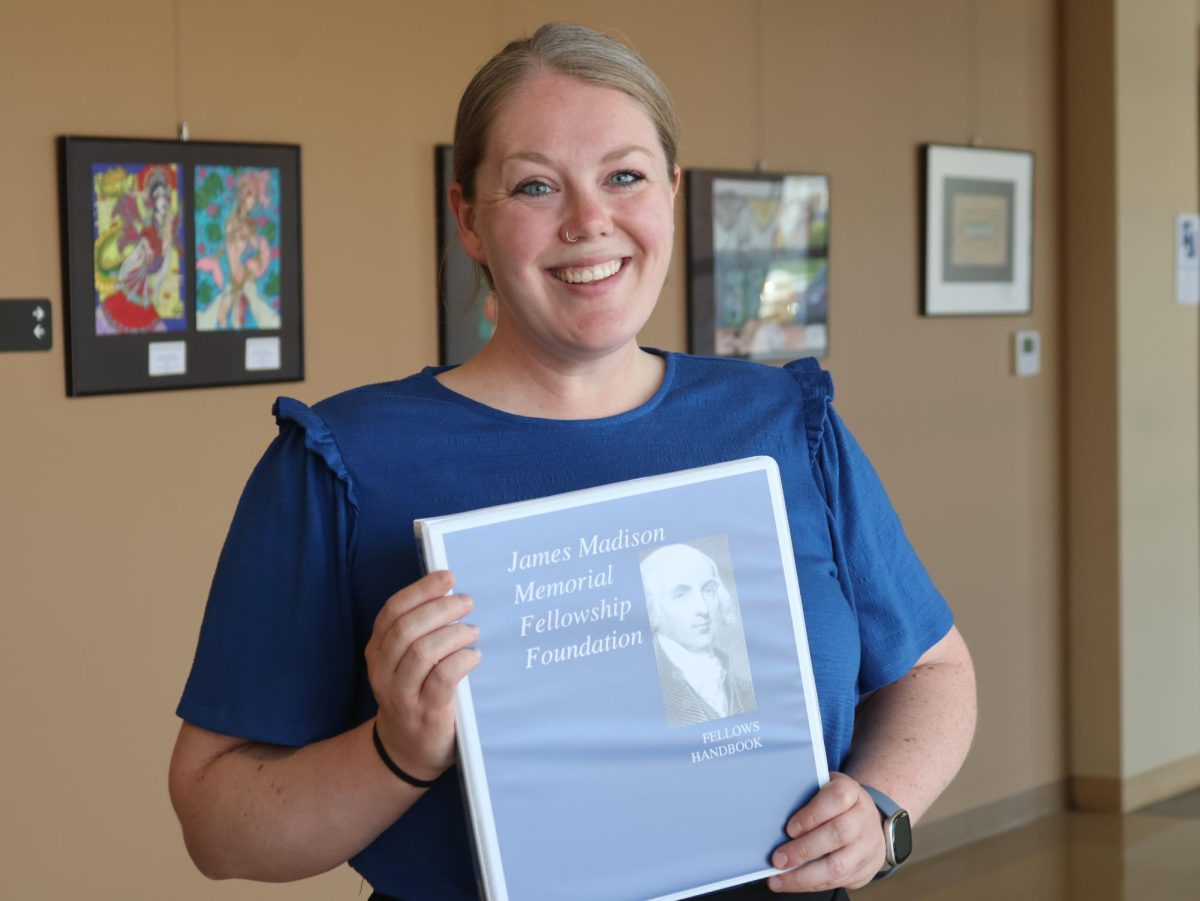The Lindbergh Board of Education next week is scheduled to further discuss and consider design plans for facilities improvements to be funded through a $31 million bond issue approved by voters in November.
Ittner Architects has estimated that the total design and construction costs for facilities improvements to be funded through Proposition R 2008 will be slightly more than $25 million. Prop R 2008 did not increase Lindbergh’s debt-service tax rate, but extended the existing rate of 38 cents per $100 an additional five years.
The Board of Education had placed Prop R 2008 on the ballot with the goal of providing a long-term solution to space concerns at Sperreng Middle School.
More than 1,300 sixth-, seventh- and eighth-graders are jammed into the middle school that was designed to accommodate 800 pupils when it opened in 1970.
While Sperreng will remain a sixth- through eighth-grade middle school, funds from Prop R 2008 will be used to convert Truman Elementary School to a sixth- through eighth-grade middle school, add onto Crestwood and Long elementary schools, convert Concord School to an elementary school and construct a new Early Childhood Education building next to the Administration Building, 4900 S. Lindbergh Blvd.
Also proposed is relocating the Board of Education room in the new Early Childhood Education facilities. The existing boardroom would be converted into professional-development space, which Superintendent Jim Simpson said is needed.
Board President Ken Fey said he would support relocating the Early Childhood Education program and emphasized that board members want to provide the program with the resources it needs.
“ECE is very important to our community,” Fey said. “We have put, I think, a tremendous investment into ECE. And if we all agree that that building should be next to us, I am fully prepared to stand up and say this is our future. And that future is our little folks in the community.”
The facilities improvements are scheduled to be discussed further at a special meeting at 6 p.m. Thursday, Feb. 19, in the boardroom of the Administration Building.
While planning Prop R 2008 improvements, board members also were told that the district has more than $926,000 in remaining Prop R 2006 funds.
Chief Financial Officer Pat Lanane has recommended that the district use the additional revenue toward renovations to the Lindbergh High School track. Lanane wrote in a Jan. 29 memo to the school board that after arbitrage payments and investment earnings, the district will have $926,172.20 in extra Prop R 2006 funds.
“This calculation represents 22 months of investment,” Lanane wrote. “There will be some additional amount as we close out the project over the next 14 months or so, but that amount will be only a fraction of these initial earnings — as the bond proceeds decline to pay construction costs and as interest rates have fallen considerably from the initial investment. You will see that the arbitrage amount due the federal government is currently $119,219.94.
“You also have a revised master budget for Prop R 2006 attached. You will see that I had only allocated $800,000 in interest earnings originally to the project. Therefore, the board is in the fortunate financial position to accomplish additional work as part of Prop R 2006. The original ballot question … provides authority for any project the board should decide to complete except the purchase of property. You will note that the interest earnings — after deducting the original $800,000 and the $119,219.94 — result in $926,174.20 additional revenue.”
Fey said he appreciates having extra funds available to complete improvements, but added, “… Today, I woke up a little gun-shy. Talking about a track, that’s a wonderful thing and it helps students, I believe.
“But maybe we ought to think on piggybacking that and see if we can’t put something toward the classroom. I’ve heard a lot of talk around this campus about technology. And maybe we need to have some of these funds go towards the classroom and some toward the outside of the classroom.
“And maybe that would be a little more plausible to the taxpayers,” Fey added.
Whatever the use for those additional Prop R 2006 funds, Simpson wants residents to be aware that bond revenue cannot legally be used for personnel.
“School money is placed in a different fund,” he said. “You may not use bond money for salaries or benefits or personnel or any of those types of things. And that’s a very complex thing. A lot of people think: ‘Well, you built something. You could have given teachers that money.’ We cannot do so because it’s against the law to do so …”







